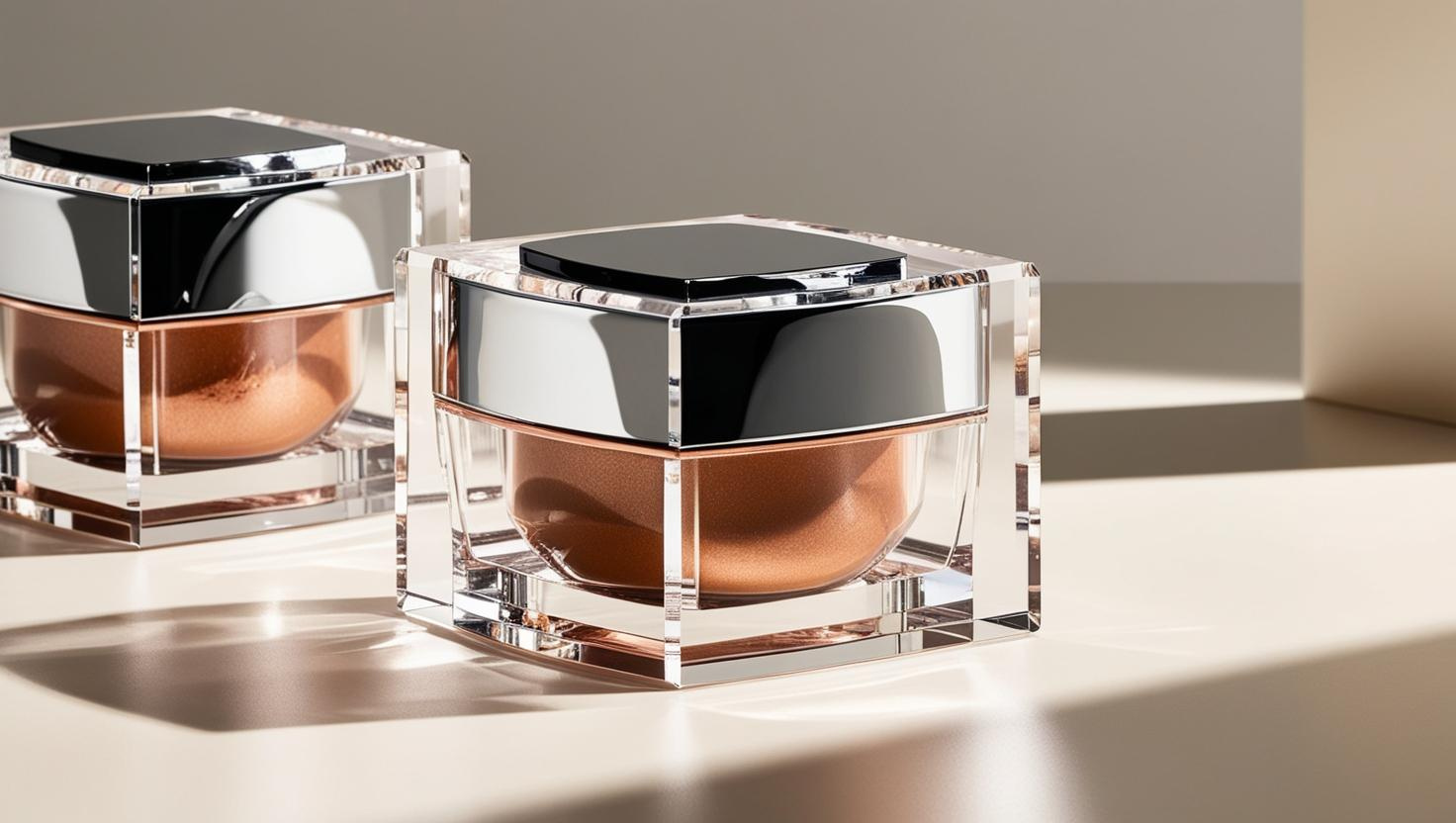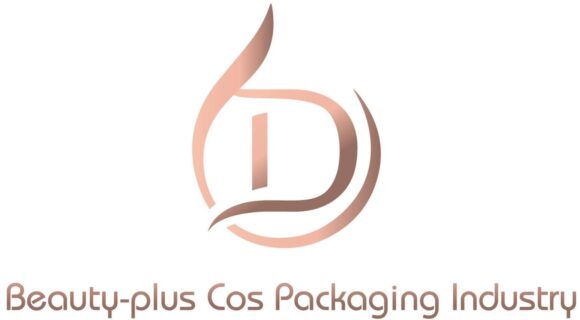
Want the luxurious look of glass without the fragility or cost? That’s where acrylic packaging1 comes in.
Acrylic is a transparent plastic that mimics the clarity of glass while being more lightweight, durable, and moldable. It’s especially popular in premium skincare and color cosmetics, offering a high-end look without the risks of breakage.
Let’s explore what makes acrylic a favorite for brands aiming for prestige appeal.
What Is Acrylic?
Acrylic—also known as PMMA (Polymethyl Methacrylate)2—is a rigid, transparent thermoplastic often used in cosmetics, furniture, signage, and even lenses.
Compared to other plastics like PET or PP, acrylic is:
- Harder and glossier
- More UV-stable
- Less flexible and more brittle
It's a popular choice for:
- Cream jars
- Compact powder cases
- Lip balm pots
- Luxury airless bottles
Why Acrylic Looks So Premium
The biggest appeal of acrylic is its glass-like clarity. Its light transmittance reaches around 92%, similar to real glass.
Combined with high gloss and scratch resistance3, acrylic gives cosmetic packaging a heavy, high-end aesthetic that elevates perceived value.
It also works well with:
- Double-walled jar designs (for added depth and visual thickness)
- Metallic coating or color spraying
- Hot stamping and silk screen printing
- Gradient and frosted finishes
Pros and Cons of Acrylic Packaging
| Feature | Advantage | Limitation |
|---|---|---|
| Visual appearance | Glass-like clarity, high gloss | Can yellow over time without UV coating4 |
| Durability | Rigid and crack-resistant | Brittle if dropped |
| Customization | Excellent for painting and shaping | Requires surface pre-treatment |
| Barrier properties | Good for creams, balms | Not ideal for reactive formulas5 |
| Cost | More affordable than glass | More expensive than PET/PP |
Can Acrylic Be Recycled?
Acrylic (PMMA) is technically recyclable, but not in most curbside programs. It falls under resin code #7 (Others)6, meaning specialized facilities are required.
Some brands use recycled PMMA in new packaging7, but it's not yet widely adopted.
If recyclability is your brand’s top priority, acrylic may not be the best fit unless used in refillable or reusable formats.
When Should You Use Acrylic?
Choose acrylic when:
- You want to mimic the luxury feel of glass
- The product is for display or gifting
- You need high visual impact on the shelf
- Your formula is thick (balm, cream, powder)
- Reusability or refillability is part of your strategy
Avoid acrylic if your product is highly acidic, oily, or requires daily portability.
Final Thoughts
Acrylic packaging sits at the crossroads of beauty and practicality. It gives your products a premium, polished look—without the fragility of glass or the basic feel of PET.
While not ideal for all formulations or eco-goals, acrylic remains a top pick for elevated product presentation in the skincare and beauty space.
Interested in airless innovation? Our next article explores how multiple materials work together: Airless Bottles and the Rise of Multi-Material Packaging
-
Acrylic offers the aesthetic appeal of glass while being more shatter-resistant and moldable for complex designs. ↩
-
PMMA (Polymethyl Methacrylate) is a clear, rigid plastic used in cosmetic jars, displays, and luxury packaging. ↩
-
Acrylic is known for its high scratch resistance and optical clarity compared to most commodity plastics. ↩
-
Without UV stabilizers, acrylic can yellow or degrade when exposed to direct sunlight over long periods. ↩
-
Acrylic has limited chemical resistance to alcohols, solvents, and oils, making it unsuitable for some actives. ↩
-
Acrylic is a resin code #7 plastic and not widely accepted in standard recycling streams. ↩
-
Some recyclers now process PMMA waste for reuse, though applications remain niche. ↩

